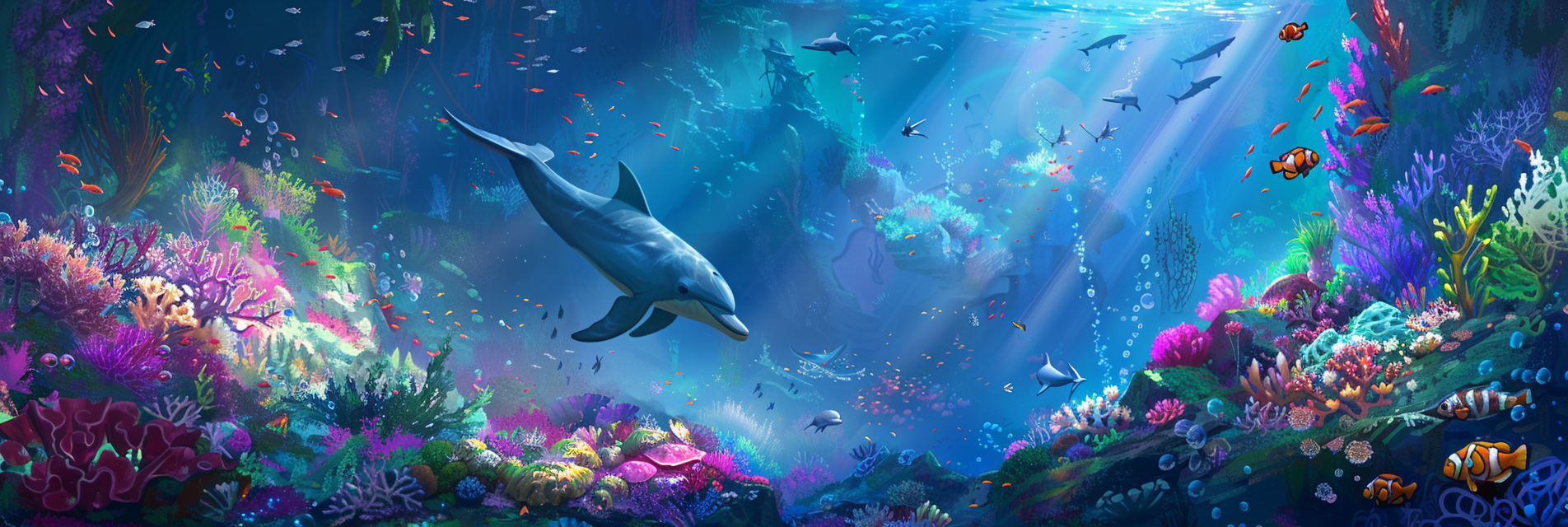
Killer Whale
The Killer Whale, or Orca, is a large, powerful marine predator known for its striking black and white coloring. They are highly social, intelligent mammals found in oceans worldwide.
Scientific Name
Orcinus orca
Behavior
Killer whales are highly social and intelligent marine mammals known for their complex social structures, called pods. These pods are often matrilineal, consisting of family groups that hunt, migrate, and perform social activities together. They exhibit a wide range of feeding behaviors, from hunting fish and squid to preying on marine mammals like seals and even large whales. Killer whales use sophisticated hunting techniques, including herding and beaching themselves to catch prey.
Breeding
Killer whales have a polygamous mating system, with both males and females mating with multiple partners. The gestation period lasts about 17 months, and females give birth to a single calf. The interval between births can vary, typically ranging from 3 to 8 years. Calves are nursed for at least a year and often remain close to their mothers for life.
Characteristics
Killer whales are the largest members of the dolphin family, with males reaching lengths of up to 26 feet (8 meters) and females up to 23 feet (7 meters). They are easily recognized by their distinctive black and white coloring, with a heavy, robust body, a tall dorsal fin (especially pronounced in males), and a rounded head. Their powerful physique enables them to reach speeds of up to 34 mph (56 km/h).
History
Killer whales have been subjects of myth and legend in maritime cultures around the world. They have been both feared and revered, seen as powerful hunters of the sea. Historical interactions with humans were often based on competition for marine resources, but in recent decades, there has been a growing appreciation of their intelligence and complex social bonds.
Current Status
The IUCN lists killer whales as Data Deficient, reflecting the lack of comprehensive data on global populations and trends. While not currently endangered, specific populations are at risk from various threats, including pollution, depletion of prey species, habitat loss, and the impacts of climate change. Notably, the Southern Resident killer whale population in the northeastern Pacific is considered endangered due to these factors. Conservation efforts focus on habitat protection, reducing pollution, and managing fisheries to ensure sustainable prey availability.




